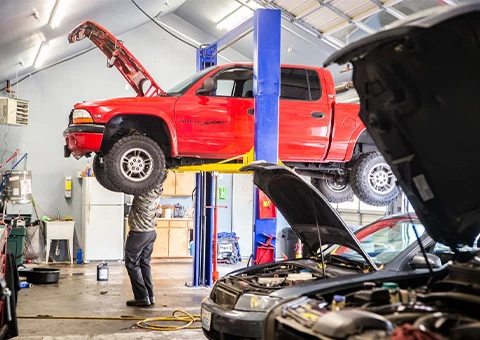Compact and Efficient Gantry Crane for Versatile Material Handling Solutions
The Advantages and Applications of Lightweight Gantry Cranes
In modern industrial environments, the need for efficient and flexible lifting solutions has led to the increased popularity of lightweight gantry cranes. These cranes, characterized by their simple design, ease of mobility, and versatility, have become essential tools in various sectors, including manufacturing, construction, and warehousing.
What is a Lightweight Gantry Crane?
A lightweight gantry crane typically consists of a beam supported by two vertical legs, which are often mounted on wheels for mobility. Unlike traditional cranes that are heavy-duty and often require permanent installation, lightweight gantry cranes can be easily assembled and disassembled, allowing for flexibility in both usage and location. Their lightweight design does not compromise on strength; they are engineered to carry significant loads while remaining manageable and easy to use.
Advantages of Lightweight Gantry Cranes
1. Portability One of the most significant advantages of lightweight gantry cranes is their portability. They can be easily moved from one location to another, making them ideal for workshops, construction sites, and temporary operations. Their wheels allow for smooth transportation, facilitating quick setup and breakdown.
2. Cost-Effective Investing in a lightweight gantry crane can be cost-effective for small to medium businesses that require lifting solutions without the financial burden associated with larger cranes. The reduced need for installation and maintenance contributes to lower overall costs.
3. Ease of Use Lightweight gantry cranes are designed with user-friendliness in mind. Operators can easily adjust the height and configuration depending on the requirements of the task. This versatility allows for a wide range of applications, from lifting awkwardly shaped items to moving heavy machinery.
4. Space Efficiency Many lightweight gantry cranes feature a folding design or compact structure, which can save valuable workshop or storage space. When not in use, they can be collapsed and stored away, making them ideal for businesses with limited space.
lightweight gantry crane

5. Enhanced Safety Lightweight gantry cranes typically incorporate safety features such as locking mechanisms on the wheels and secure lifting points. These enhancements help to minimize the risk of accidents, making them a safer alternative for lifting heavy loads.
Applications of Lightweight Gantry Cranes
Due to their versatility, lightweight gantry cranes are employed in a variety of settings
- Manufacturing In manufacturing facilities, these cranes are used to move components, assembly parts, and finished products along the production line. They are especially useful for small-batch production where flexibility is needed.
- Construction During construction projects, lightweight gantry cranes assist in lifting and moving materials such as beams, panels, and equipment. Their portability allows them to be utilized at different stages of construction without the need for extensive equipment changes.
- Warehousing In warehouses, lightweight gantry cranes support inventory management by lifting and transporting goods in and out of storage areas. They can help streamline the process of loading and unloading shipments.
- Automotive Repair In garages and mechanic shops, these cranes can aid in lifting engines and heavy components from vehicles, making repairs and replacements easier and more efficient.
Conclusion
Lightweight gantry cranes represent a significant advancement in lifting technology, offering flexibility, portability, and safety in various applications. Their design allows for efficient movement in constrained spaces without compromising on strength or capacity. As industries continue to evolve and demand more adaptable solutions, lightweight gantry cranes will undoubtedly play a crucial role in enhancing productivity and efficiency. For businesses looking for reliable lifting solutions, investing in a lightweight gantry crane can lead to immediate benefits in workflow and operational effectiveness.
-
Unlock Seamless Relocation with Our Heavy Equipment Moving ExpertiseNewsJun.06,2025
-
Unleash Unrivaled Flexibility with Our Adjustable Gantry CraneNewsJun.06,2025
-
Unleash Heavy-Duty Efficiency with Our Industrial Gantry Crane SolutionsNewsJun.06,2025
-
Revolutionize Steel Handling with Our Magnetic Lifter RangeNewsJun.06,2025
-
Master Equipment Mobility with Premium Machinery Mover SolutionsNewsJun.06,2025
-
Elevate Your Material Handling with Magnetic Lifter TechnologyNewsJun.06,2025
-
YS Permanent Lifting Magnets: The Smarter Way to Handle SteelNewsMay.22,2025
